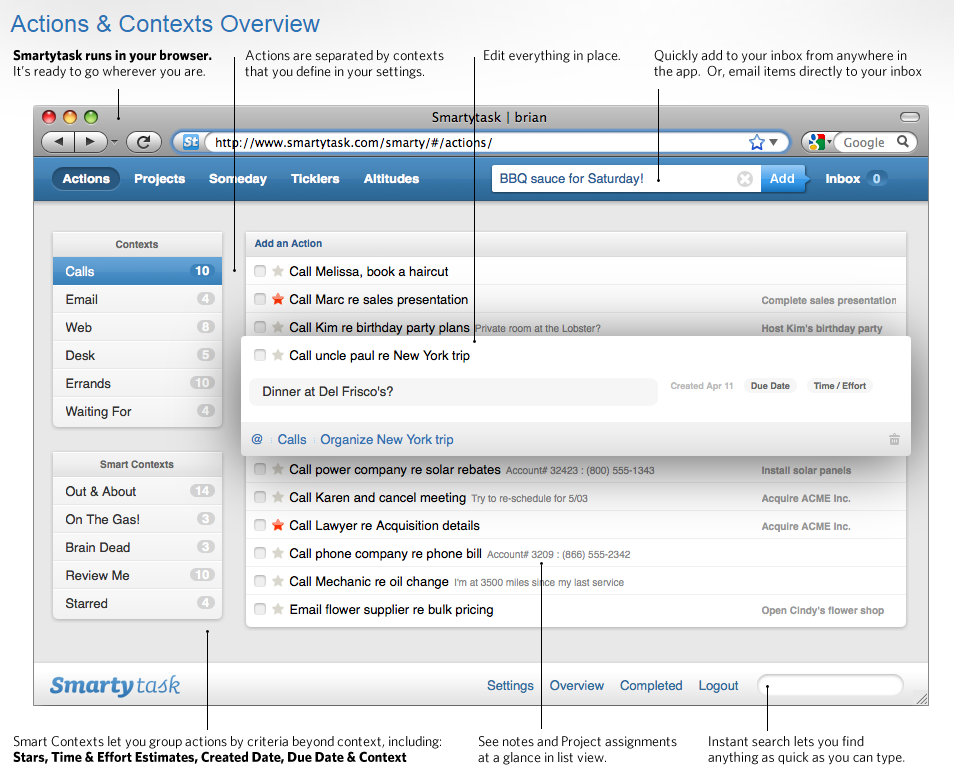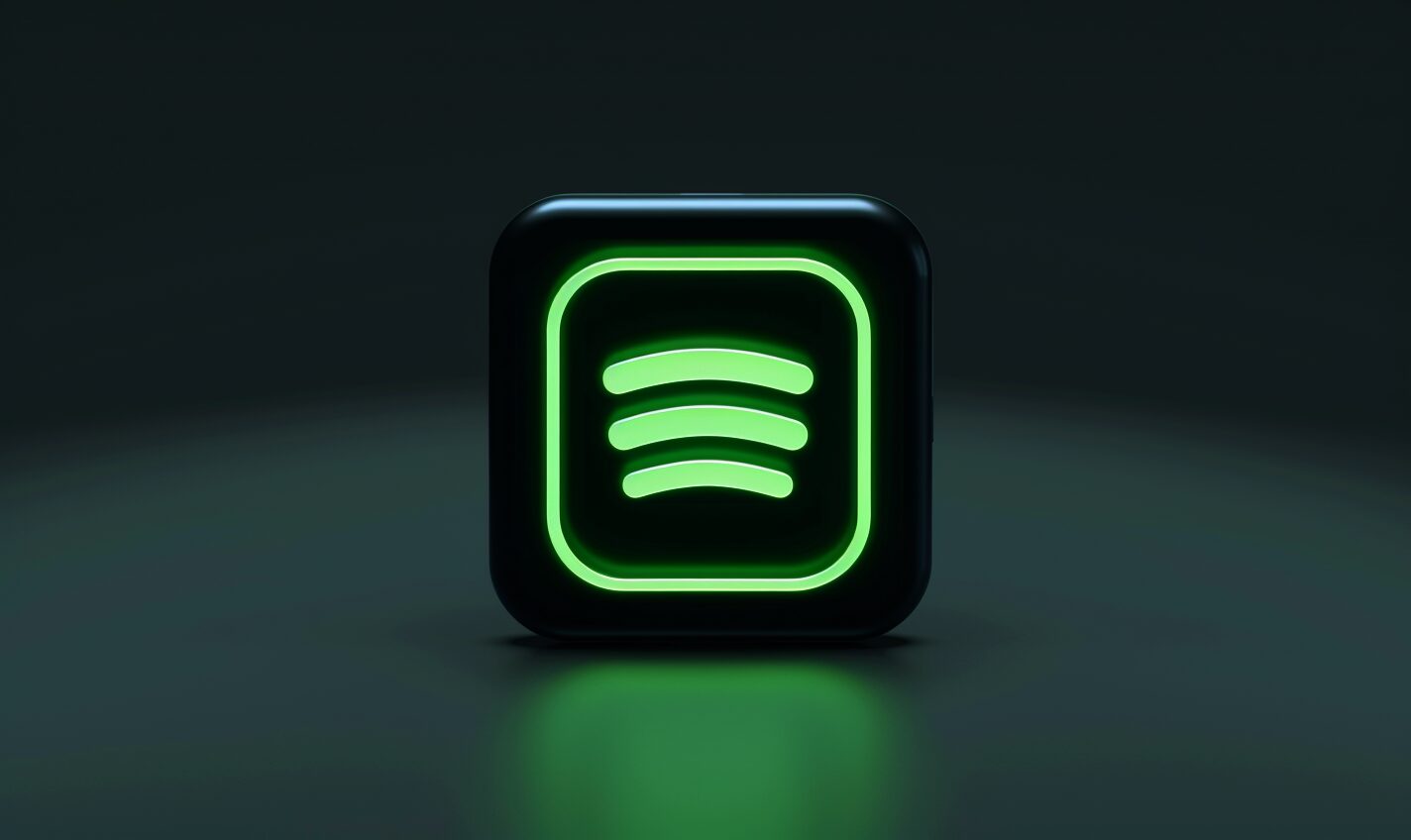A quick spin around the Apple Store or Google Play will reveal tons of to-do apps which claim to increase productivity.
Smartytask, the latest contender in this already-crowded arena, brings a unique angle to the contest: an emphasis on “Getting Things Done.” GTD is the popular time-management methodology put forth by author David Allen in his 2002 book of the same name, and embraced by tech gurus and productivity professionals.
So what does this mean in a practical sense – and how does Smartytask stack up against, and differ from, its competitors?
Built Around “Getting Things Done”
GTD’s core value is this: By breaking large-scale projects down into smaller, simpler tasks, you can approach your to-do list from a top-down perspective. This workflow is more conducive to long-term productivity and getting things done.
While opinions vary on GTD, Smartytask’s developers have taken Allen’s work as gospel truth. Placing an emphasis less on individual to-do items and more on how those items relate to one another, Smartytask itself is fundamentally designed to embody the principles of GTD.
As a result, if GTD isn’t your cup of tea, Smartytask might not be either. But if it is? You’ll feel right at home.
Projects and Categories
Most productivity apps take a bottoms-up approach: “Okay, here’s what I need to do today.” But it’s easy to frontload a to-do list with more than you’re capable of completing – hence why many apps have a daily roll-over feature for shunting excess work off until tomorrow. Any.do makes procrastination the cornerstone of its design, with a daily Any.do moment devoted to deciding what items you previously put on today’s list actually need done today after all.
Smartytask rejects the bottom-up approach altogether. Users are encouraged to create overarching projects like “Fix up the house,” and then divide those projects into multiple sub-tasks like emptying the garage, mowing the lawn, or cleaning the gutters. This creates a positive feedback loop and maintains the feeling you are—wait for it—Getting Things Done.
Going one-step further, users can categorize tasks based on their nature, so those ten emails and one trip to the bank are prioritized against one another.
Low Emphasis on Due-Dates
Smartytask puts dates at a lower level of attention, operating under the idea that due-dates matter, but ought to enforce productivity, rather than drive it.
Because of its top-down, project-oriented approach, Smartytask makes sure dates don’t just represent a chronological list of things you hope to do today, maybe, but instead are a handy big-picture reminder: of all the plates you’ve got spinning, here are the ones which have to be done today.
However, Smartytask does put a lot of emphasis on email-reminders, which some users might find more nagging than helpful.
Control without Clutter
Ah, the old Apple/Windows dichotomy: Should systems grants users limitless fiddling and micro-customization to bend a piece of software to their whim, or lock the user into one, simple way of doing things? Which is better?
Apps like Things or Any.do take the Apple approach, offering almost no fine control. Something like OmniFocus takes the Windows approach, providing users a truckload of lists, data and customizable fetaures.
Smartytask attempts to stake a happy middle ground, granting users just enough tools to tailor the software to their purpose, without getting distracted by minutiae.
Built for Single Users
If you’re looking for team-oriented productivity apps, there are tons on the market – but Smartytask isn’t one of them. This is software designed from the ground up to empower one individual procrastinator to live up to his or her hyper-productive, lone-wolf potential.
It’s Cloud-Based
Aiming to cut down the need for multiple installs and data-syncing, Smartytask is entirely cloud-based and browser-based. If you have steady internet-access, Smartytask is for you.
Have you used Smartytask yet? If so, what did you like or not like about it? Tell us in the comments section below!
Recent Stories
Follow Us On
Get the latest tech stories and news in seconds!
Sign up for our newsletter below to receive updates about technology trends















